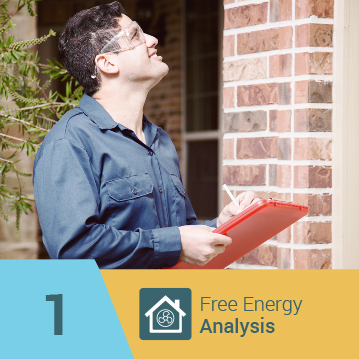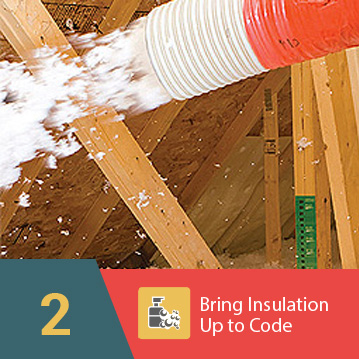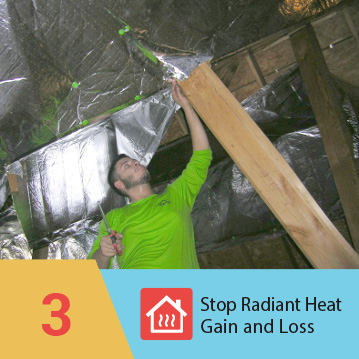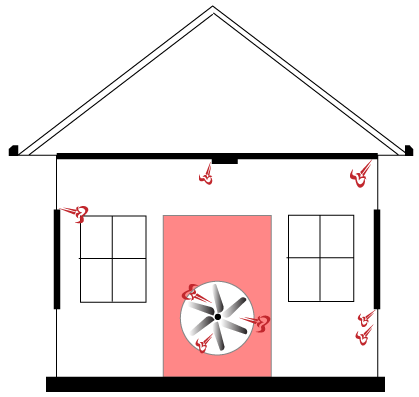Free Energy Analysis
The eShieldTM team provides objective and credible inspection and analysis of homes with the goal of finding opportunities for the optimization of that property’s use of energy while also improving conditions that affect the inhabitants’ comfort, health, and safety.
With the current tidal wave of environmentally-friendly products hitting the market, figuring out which are actually worth the money can be like finding a needle in a haystack. But of all these energy saving products, eShield™ multilayer foil insulation truly rises above the rest. As anyone who pays a power bill knows, the cost of energy is very high, and it continues to rise every year. Rather than waste money on gadgets, invest in the value and continued protection of your home with eShield™, a completely new insulation.
If you’re considering a greenovation for your home, or you’re a contractor specializing in these environmentally-friendly home makeovers, eShield™ makes a perfect companion to other energy saving products such as refrigerators, windows, doors, siding, and more. By tackling all sources of power usage and loss, you can significantly reduce consumption – and your carbon footprint.
Blower Door Tests
The eShieldTM team uses blower door tests to help determine a home's airtightness. This Energy Saver 101 infographic explains the importance of a blower door test during a home energy audit.
These are some reasons for establishing the proper building tightness:
- Reducing energy consumption due to air leakage
- Avoiding moisture condensation problems
- Avoiding uncomfortable drafts caused by cold air leaking in from the outdoors
- Determining how much mechanical ventilation might be needed to provide acceptable indoor air quality.
WHAT DOES THIS MEAN FOR ME?
- You can save 5%-30% on your energy bill by making upgrades following a home energy assessment.
- A professional energy auditor may use a blower door to determine how airtight your home is and to help find leaks.
PREPARING FOR A BLOWER DOOR TEST
Take the following steps to prepare your home for a blower door test:
- If you heat with wood, be sure all fires are completely out - not even coals - before the auditor arrives. Remove any ashes from open fireplaces.
- Plan to do a walk-through of your home with the auditor. Be prepared to point out areas that you know are drafty or difficult to condition comfortably.
- Expect the auditor to request access to all areas of your home including closets, built-in cabinets, attics, crawl spaces, and any unused rooms.
- The auditor will need to close all exterior doors and windows, open all interior doors, and close any fireplace dampers, doors, and woodstove air inlets.
- Expect the auditor to set controls on all atmospheric fossil fuel appliances to ensure that they do not fire during the test. The auditor should return them to the original position after the test.
- Expect the test to take up to an hour or more, depending on the complexity of your home.





